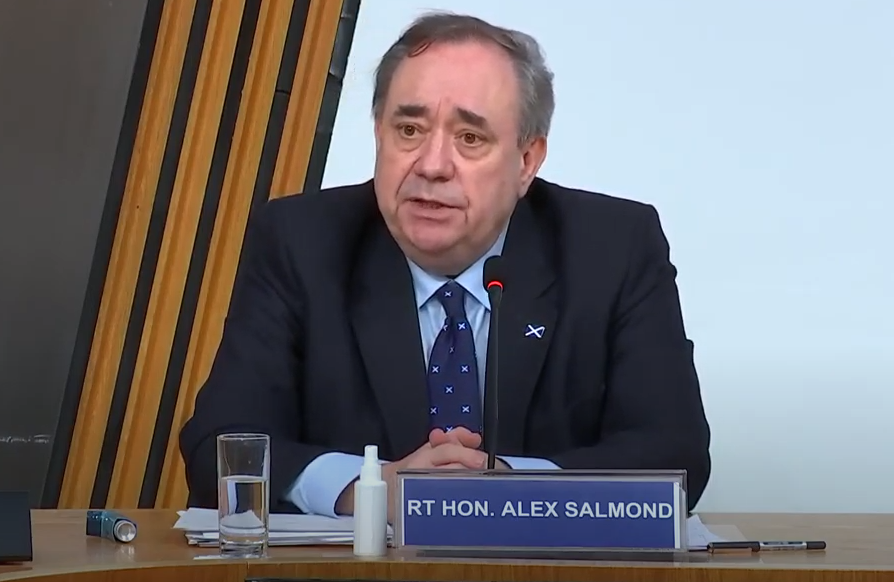28 October 2021 | ANALYSIS
Yesterday, Chancellor Rishi Sunak revealed the contents of his budget in the House of Commons. As he set out the Government’s tax and spending plans for the year ahead, Mr Sunak highlighted that the plans were focused on the “post-Covid” era, and would attempt to pave the way for an “economy of higher wages, higher skills, and rising productivity“.
Alcohol Duties
One of the key points announced yesterday was the major overhaul of alcohol taxes. While the planned rise in the duty on spirits, cider and beer was cancelled, rates will be frozen up until February 2023, after which every kind of drink will be taxed in proportion to the level of alcohol it contains. This simplification of alcohol duties will see the number of rates drop from 15 to six. Changes include higher-strength wines and ciders seeing an increase in taxation, whilst sparkling wine, rose wine, fruit ciders, and lower-strength wine and beers will face tax cuts. A lower duty will be implemented on draught beer and regular cider, with a cut of 5%.
Health and Social Care Spending
The Chancellor used the windfall from improved Office for Budget Responsibility (OBR) forecasts to justify the top-up to his spending plans for the second time in two months. Yesterday’s increase, combined with the extra health and social care spending announced last month, means that by 2024-25, the Government is planning to spend £10bn more than had originally been planned prior to the pandemic. This will mean day-to-day budgets will grow by an average of 3.3% per annum, with a large package of Covid support measures for affected public services, and real-terms increases for almost all departments.
The increases made in this section of the budget are broadly comparable to those planned by the Blair and Brown governments in the 2000s. However, the key difference between them is the level to which these increases are swallowed up by the NHS. 44% of the cash increases announced in yesterday’s spending review for the next three years will go to the Department of Health and Social Care, with last year’s equivalent figure at 45%. At the spending reviews of 1998-2007, the average share going to Health was around 35%, never rising above 38%. Despite relatively large increases in headline measures of spending, things might still feel tight in other areas. There is nowhere that shows how true this is than in local government, where after a jump in 2022, grant funding for existing services will be effectively frozen for the following two years.
Universal Credit and Minimum Wage
Perhaps the biggest news from yesterday is that those with the strongest prospects for an increase in income as we emerge from the pandemic are households of paid workers with a low enough income to qualify for Universal Credit. These households will keep significantly more of their benefits as a result of yesterday’s announcements. The gains will be especially large for those who also stand to benefit from the minimum wage increase of 59 pence per hour, from £8.91 to £9.50. A full-time minimum wage worker who is also on Universal Credit will see an increase in their disposable income of around £250 per annum, as a result of next April’s increase in the minimum wage. This is in addition to around £1,000 per annum or more, depending on specific circumstances, as a result of the increases in Universal Credit announced today. The Universal Credit taper rate will be cut by 8% no later than 1 December, bringing it down from 63% to 55% – allowing claimants to keep more of their payments.
Public Finances
Following stronger growth in the economy this year, the OBR has predicted that the long-term damage to the economy will only be 2%, as opposed to the 3% projected earlier this in March. Despite this, inflation rates stood at 3.1% in September and are likely to rise to an average of 4% over the course of 2022, the OBR predicts. However, some sources claim this figure is artificially low, as the figures used only run to 24 September “in response to a request from the Chancellor”; the OBR has since suggested the inflation rate could reach almost 5%.
It is also believed that the UK economy will return to pre-pandemic levels by the final quarter of 2022. Borrowing this year also decreased by just over £50bn, although it is forecast to be approximately £183bn. The only times that this amount has been surpassed has been during the two World Wars, the global financial crisis of 2007-8, and last year at the height of the pandemic.
In the coming years, the reduction in borrowing is predicted to be less, due to the Chancellor’s decision to increase departmental spending plans, an increase in spending on Universal Credit, and the freezing of fuel duties. In 2024-25, borrowing is predicted to be £46bn, as opposed to the £74bn forecast in March 2021 and the £58bn forecast in March 2020.
Education
In terms of education spending, schools are set to receive an extra £4.7bn by 2024-5, with a cash increase of more than £1,500 promised per pupil. With school funding returning to 2010 levels, this means nearly £2bn of new funding for the education sector, taking the recovery budget total to around £5bn. This new funding has been welcomed, although it falls far short of the £10-15bn called for by education charities, unions and the Government’s former advisor on education recovery, Sir Kevan Collins.
Sir Kevan resigned earlier this year after his recommendations were not accepted. The National Education Union’s Joint General Secretary, Kevin Courtney, said: “Taking so long to restore the cuts made from 2010 onwards should not be a matter of pride for any Government, but one of embarrassment.“
The Chancellor additionally announced that £300m would be allocated to a ‘Start for Life’ parenting programme, with an additional £170m by 2024-25 for the funding allocated to nurseries and Early Years providers for state-backed nursery slots. A nationwide numeracy program will also be set up, to aid in improvements to basic maths and numeracy skills amongst skilled and unskilled adults.
Conclusion
The impression left by this Budget is one of trying to spread things around; almost everyone is hit by something, but most people will also see savings in some areas. In that respect, it is not by any means unusual. But the extent to which it will alleviate the Treasury’s financial woes as we emerge from the coronavirus pandemic, while also encouraging a return to growth across the country, remains to be seen as the majority of measures begin to come into effect next spring.

























